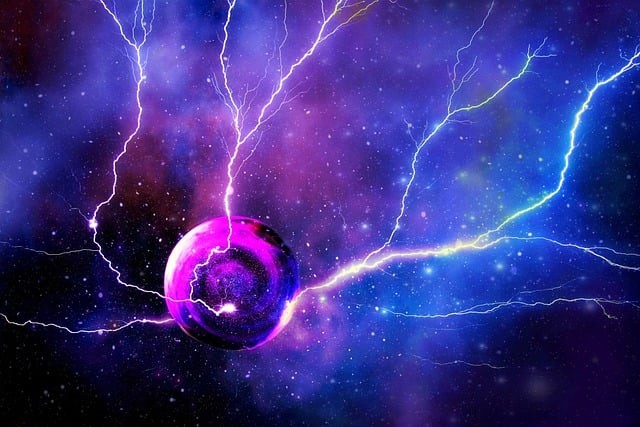In a groundbreaking discovery, scientists have finally observed the subtle ripples caused by the movement of black holes, resulting in a gentle stretching and compressing effect on the entire universe. This marks the first time such phenomena have been directly detected.
The researchers made the announcement on Wednesday, revealing that they were able to "hear" low-frequency gravitational waves. The results of their study, titled "The NANOGrav 15 yr Data Set: Evidence for a Gravitational-wave Background," were published in The Astrophysical Journal Letters.

Faint Ripples from Gentle Black Hole Motion Unveils Large-Scale Gravitational Wave Symphony
Searching for Gravitational Waves in Low Frequency
Gravitational waves represent fluctuations in the fabric of the cosmos, arising from the immense motion and collisions of massive objects within space. Maura McLaughlin, co-director of NANOGrav, emphasized the significance of their findings, as it offers the initial evidence of the vast-scale motion inherent in the entirety of the universe.
As per a news release from UC Berkeley, the Laser Interferometer Gravitational-Wave Observatory (LIGO) made the initial detection of gravitational waves in 2015, which resulted from the merger of smaller black holes or, in some cases, neutron stars with masses less than a few hundred solar masses. But this method has been limited to detecting high-frequency waves.
In their latest study, scientists embarked on the quest to detect low-frequency waves, characterized by slow ripples that take years or decades to oscillate. According to Phys.org, these waves are believed to originate from supermassive black holes, colossal objects billions of times more massive than our sun, residing at the centers of galaxies across the universe.
As galaxies collide and merge, these gigantic black holes engage in an intricate celestial dance before eventually merging themselves, emitting gravitational waves as they revolve around each other in pairs known as binaries.
To capture these elusive waves, scientists from NANOGrav, a research collaboration employing telescopes across North America, collected 15 years of data in their pursuit. Other international teams of gravitational wave researchers from Europe, India, China, and Australia also joined the effort by publishing their own studies.
The NANOGrav researchers directed their telescopes toward pulsars, deceased stars that emit periodic radio waves akin to the rhythmic flashes of a lighthouse. These pulsars serve as incredibly precise cosmic clocks, enabling scientists to anticipate the exact time of radio wave arrival on Earth.
READ ALSO: Black Holes Crashing Into Each Other Generate Gravitational Waves, Distorting Space-Time
Big Black Hole Mergers Might Be Happening in the Universe
The detection of gravitational waves introduced a captivating twist to this cosmic symphony. As these waves distort the fabric of spacetime, they subtly alter the distance between Earth and the pulsars, disrupting the regularity of their radio wave pulses.
To measure these minute changes and "hear" the low-frequency gravitational waves, Phys.org reported that researchers had to construct a colossal detector comparable in size to a galaxy.
Scientists used pulsars as cosmic clocks to detect gravitational waves by analyzing slight variations in their ticking rates. The NANOGrav team, along with other international researchers, monitored numerous pulsars across the sky using various telescopes, but they have not yet pinpointed the exact sources of these low-frequency waves.
Instead, their method unveiled a continuous background of gravitational waves, analogous to being surrounded by a multitude of conversations at a party without hearing anything specific.
The detected background noise of gravitational waves appears to be louder than anticipated, suggesting the possibility of more frequent or larger black hole mergers in space or even uncovering new sources of these waves that challenge current cosmological understanding.
Scientists are optimistic that further research on these gravitational waves will shed light on the largest objects in the universe. This exploration holds the potential for "cosmic archaeology," enabling the tracking of black hole and galaxy mergers throughout history. By studying these waves, researchers are excited about the prospect of unveiling new insights and perspectives on the cosmos.
RELATED ARTICLE: Astronomers May Have Heard the Possible Hints of Low-Frequency Gravitational Waves
Check out more news and information on Space in Science Times.














